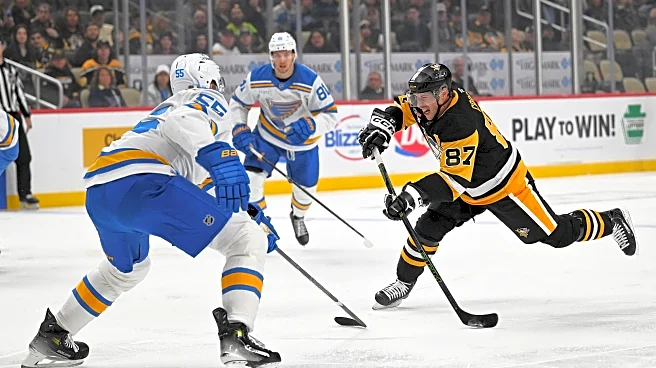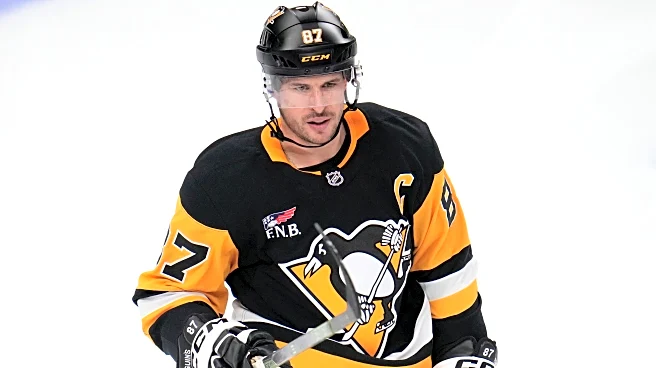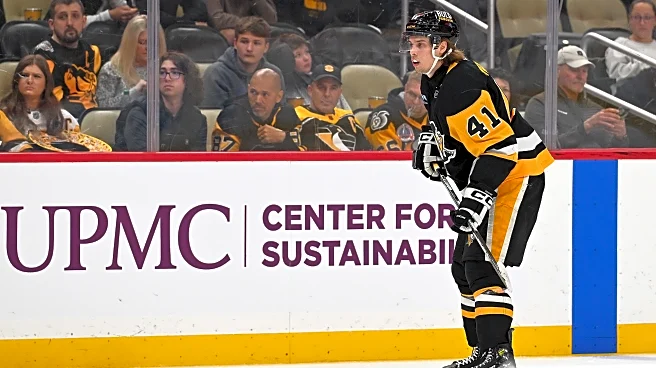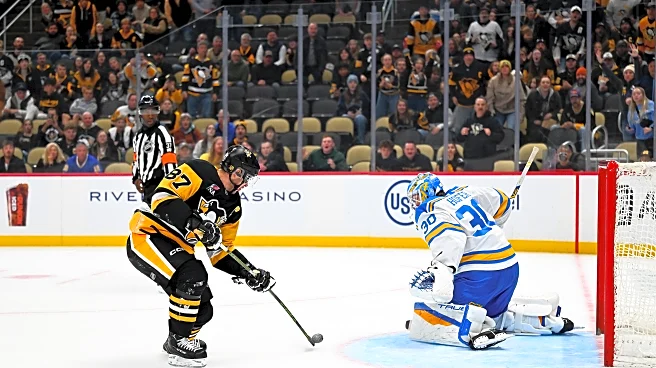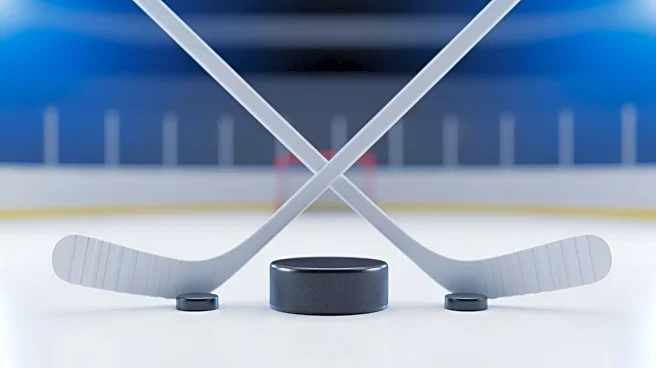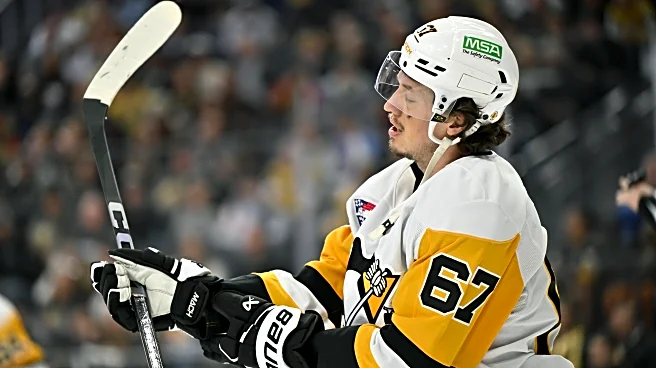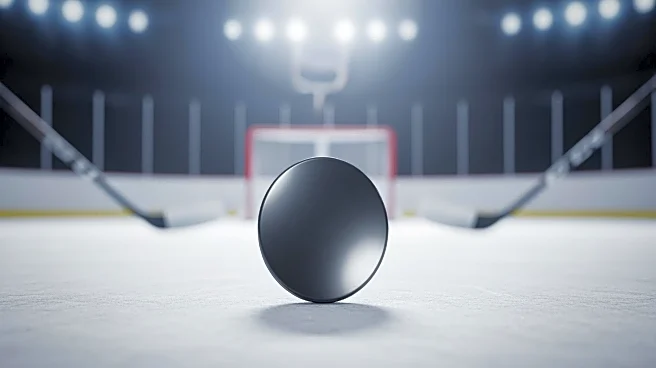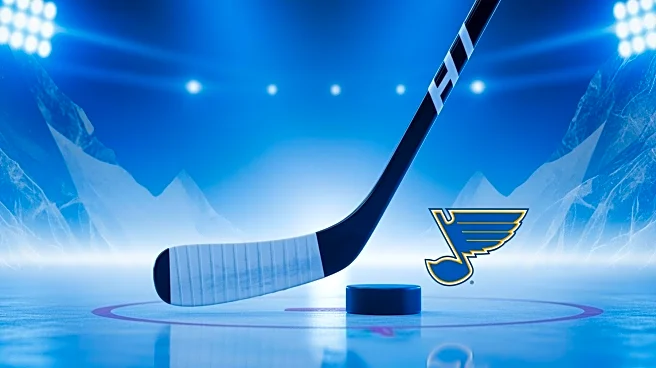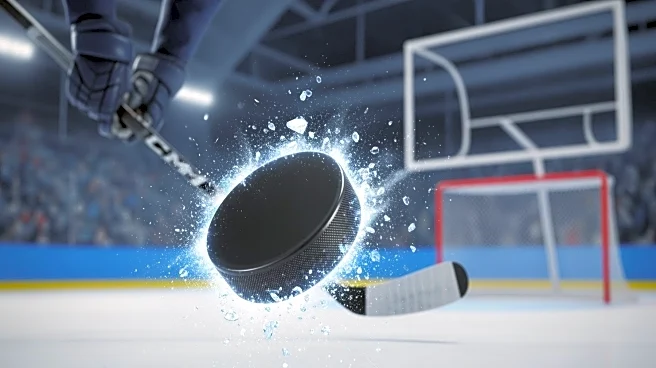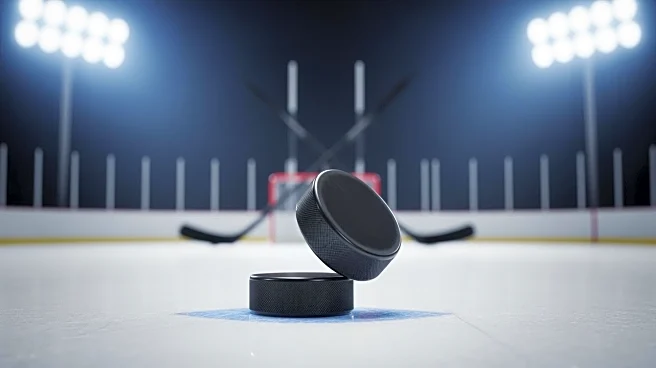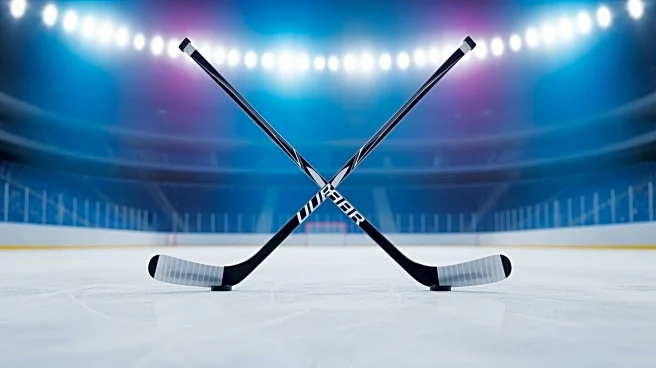The Pittsburgh Penguins played their 10th game of the season on Monday night, beating the St. Louis Blues by a 6-3 margin. It was not the prettiest game, and they had some sloppy moments, but they carried
the play for most of it (a nice reversal from the previous two games) and beat a playoff team from a year ago rather convincingly.
Yes, the Blues were without top center Robert Thomas and young forward Jake Neighbours, but the Penguins were also playing without one of their top forwards in Rickard Rakell. You also had to figure the Blues would be desperate for a good showing due to their slow start and the fact they had just let a 4-0 lead slip away in their previous game.
They may have carried the play a bit in the first period (even with the Penguins scoring two goals in the first 55 seconds), but the Penguins flipped the script over the remaining 40 minutes. Solid, solid win. That is also something we have said quite a bit through the first 10 games of the season. The Penguins enter Tuesday’s game against the Philadelphia Flyers with a 7-2-1 record and one of the best records in the NHL through the first month of the season.
Not only that, Evgeni Malkin leads the league in assists and is tied for the league lead in scoring.
It is almost as if we all hopped into Doc Brown’s DeLorean and went back to 2009 or something. This is wild.
So now that we are 10 games into the season, and since sports fans like round numbers to analyze things, we should take a look at what this start might be telling us.
Is it too soon to start thinking playoffs?
Objectively speaking: Probably. There are still some big concerns and questions marks on this roster, including the left side of the defense and, as always, the goaltending. But maybe not as many questions as we thought? How sustainable is any of this?
But also objectively speaking: Maybe not.
Points banked early in the season count, and they count just as much as any points you get later in the year. You might not be able to make the playoffs in October, but you can certainly miss them in October and the Penguins have at least avoided the latter issue.
In the salary cap era (since the start of the 2005-06 season) the Penguins are the 31st team to start exactly with a 7-2-1 record through their first 10 games. Of the previous 30 teams, 24 of them made the playoffs. That is an 80 percent success rate in terms of reaching the postseason. Of the six teams that did not make the playoffs, only ONE of them finished with a losing record.
The six teams that missed the playoffs finished with 94, 90, 89, 85 and 80 points, and the 2020-21 Philadelphia Flyers who finished with 58 points in the 56 games season (an 85-point pace over a full 82-game schedule).
Only two of those teams missed the playoffs by more than 10 points. Four of them missed by six points or less, including two teams that missed by two points or less.
The playoff line in the Eastern Conference the past three seasons have been 91, 91 and 92 points.
What I am saying is, recent history suggests that a team that gets off to this sort of start through 10 games is generally going to be a very competitive hockey team.
This is not my opinion. These are just objective facts based on 20 seasons of hockey.
So.
There is that.
Is this play sustainable, or is it early season noise?
This, more than anything else, is the important question, and it is going to be fascinating to see how this all plays out because I think you can make pretty convincing arguments for both angles.
On the early season noise side, the Penguins own the highest all-situations shooting percentage in the NHL at almost 14 percent. That is not going to continue, simply because no team scores on 14 percent of their shots over a full season. Sidney Crosby is great, and is still great. He is scoring on 38.9 percent of his shots right now. That is absurd. Justin Brazeau and Anthony Mantha have been fantastic on Evgeni Malkin’s line. They are also both scoring on more than 25 percent of their shots. Those percentages will regress at some point.
Along with that, the Penguins have the third-highest all-situations save percentage in the NHL at .917 through 10 games.
This might honestly be the biggest wild-card in all of this.
While the offense is going to slow down at some point, goaltending changes everything for a team and sometimes you never know where it is going to come from and when you are going to get it. We have seen Tristan Jarry play at a very high level for extended periods of time in his career. Artus Silovs is largely unproven as an NHL goalie, but he is not without talent and upside. Does a split workload help Jarry stay fresh and not wear down in the second half? Is Silovs …. good? These questions more than anything else might dictate the Penguins’ ability to be competitive this season.
While the Penguins seem to be defending better by the eye test, especially as it relates to not allowing constant odd-man rushes every game or leaving opposing forwards alone in front of the net, they are allowing 3.29 expected goals per 60 minutes in all situations (20th in the NHL) and 2.91 per 60 minutes during 5-on-5 hockey (27th in the NHL). The goalies are still getting some tests. So far they are passing them.
But I also think that is where some early season, small sample size noise might come into play.
They had some really bad defensive numbers against Florida, the New York Rangers game in Pittsburgh and the game against Columbus on Saturday night. Overall, they have had a better than 52 percent expected goal share in seven of their 10 games, and have had the better of the high-danger scoring chances in seven of their first 10 games.
Overall, they are mostly breaking even when it comes to scoring chances. It has not always been perfect, but they are typically getting the better of teams, even if they have not yet really played a lot of really good teams.
The Hall of Famers still have something
We can discuss underlying numbers, shooting percentages and goaltending all we want, but another major factor in this start is the fact Sidney Crosby and Evgeni Malkin are still able to take over games. Erik Karlsson has also had some of those moments this season, and Kris Letang has looked better recently than he did in the first couple of games.
No matter what direction Penguins management took with this season, the presence of those guys was always going to be the thing that prevented the team from truly being one of the worst teams in the NHL.
Crosby and Malkin have combined for 10 goals and 30 points in 10 games. Erik Karlsson has looked more like the Erik Karlsson the Penguins were expecting when they acquired him.
They are all still fun to watch. They are clearly not ready to give up or slow down.
There is long-term hope with the youth making its way into the lineup and making an impact
The real long-term hope for this season, however, is whether or not they can start to show that they have something to build on for the future. There are some promising developments. Ben Kindel and Harrison Brunicke have impressed, and whether or not they stay in Pittsburgh all season (I will again argue they should) their long-term futures are bright. Ville Koivunen has struggled in his three games, but he is here. Owen Pickering is back on the roster. Filip Hallander is not really a prospect by age, but he is still largely unproven based on experience level and he has contributed. Silovs still has upside. Rutger McGroarty will be here at some point. Sergei Murashov might not play in Pittsburgh this season (and that is more than fine) but he has looked incredible so far in Wilkes-Barre/Scranton. Maybe you expected the Penguins to be bad and position themselves for Gavin McKenna. Heck, maybe the Penguins front office themselves imagined that might happen.
But I do not think you should be mad if the team is competitive and competes while also getting some major development from long-term building blocks. That is kind of what is happening right now.
